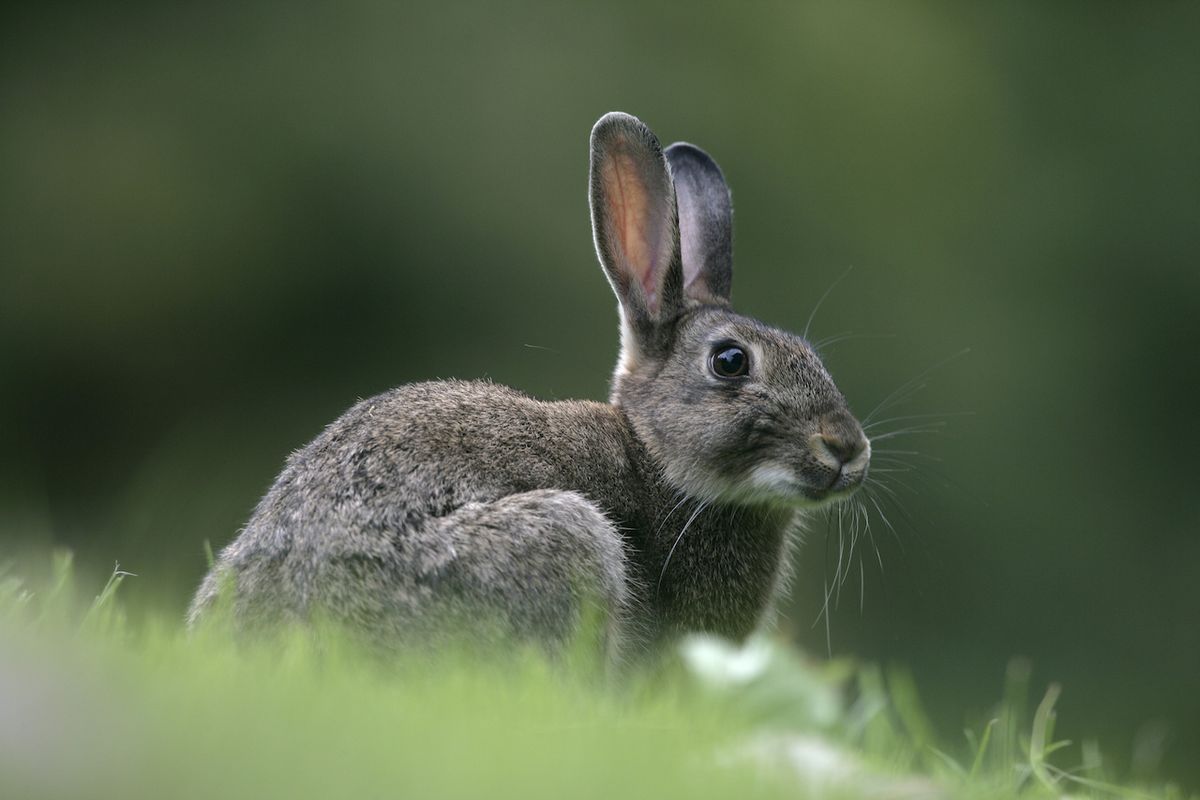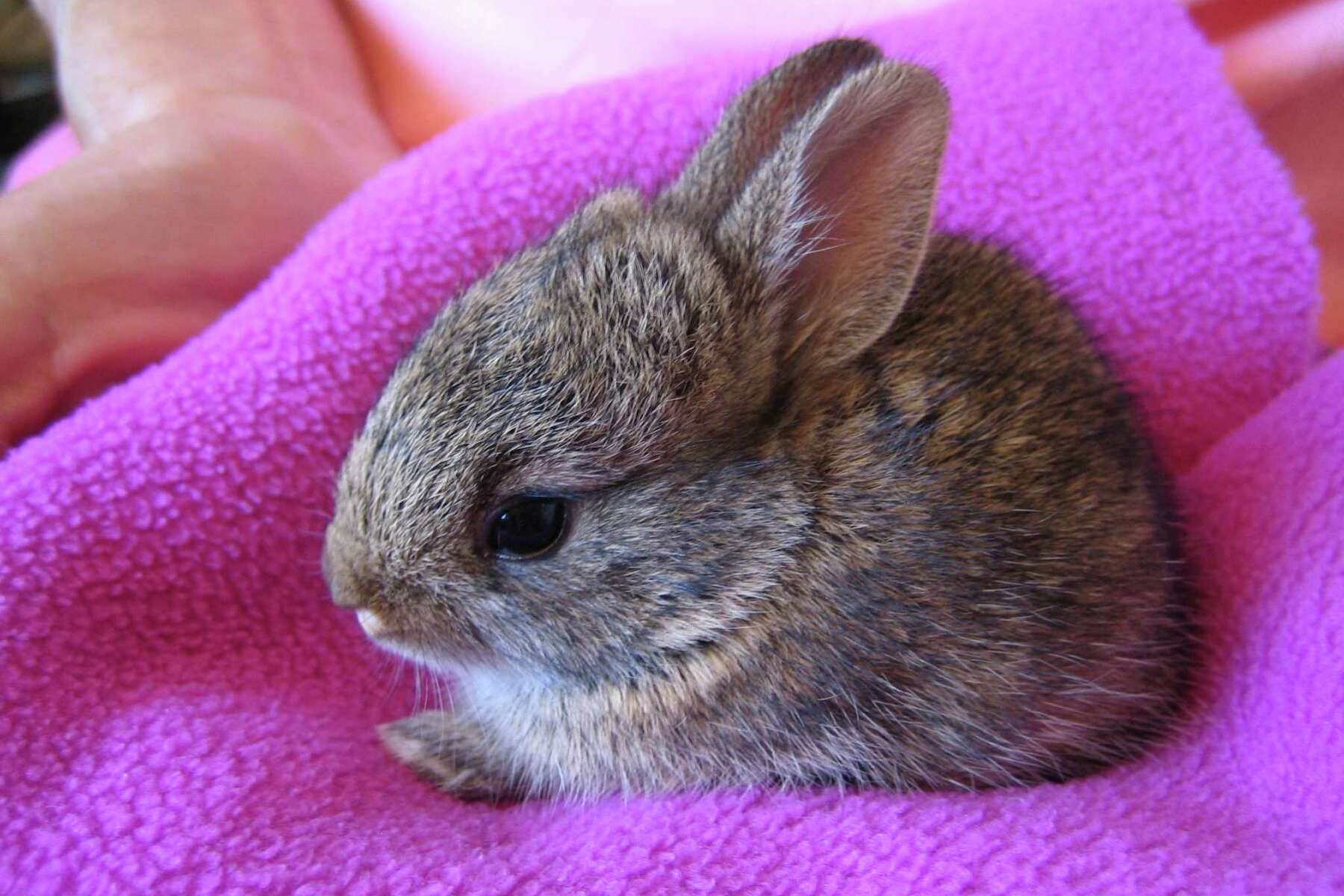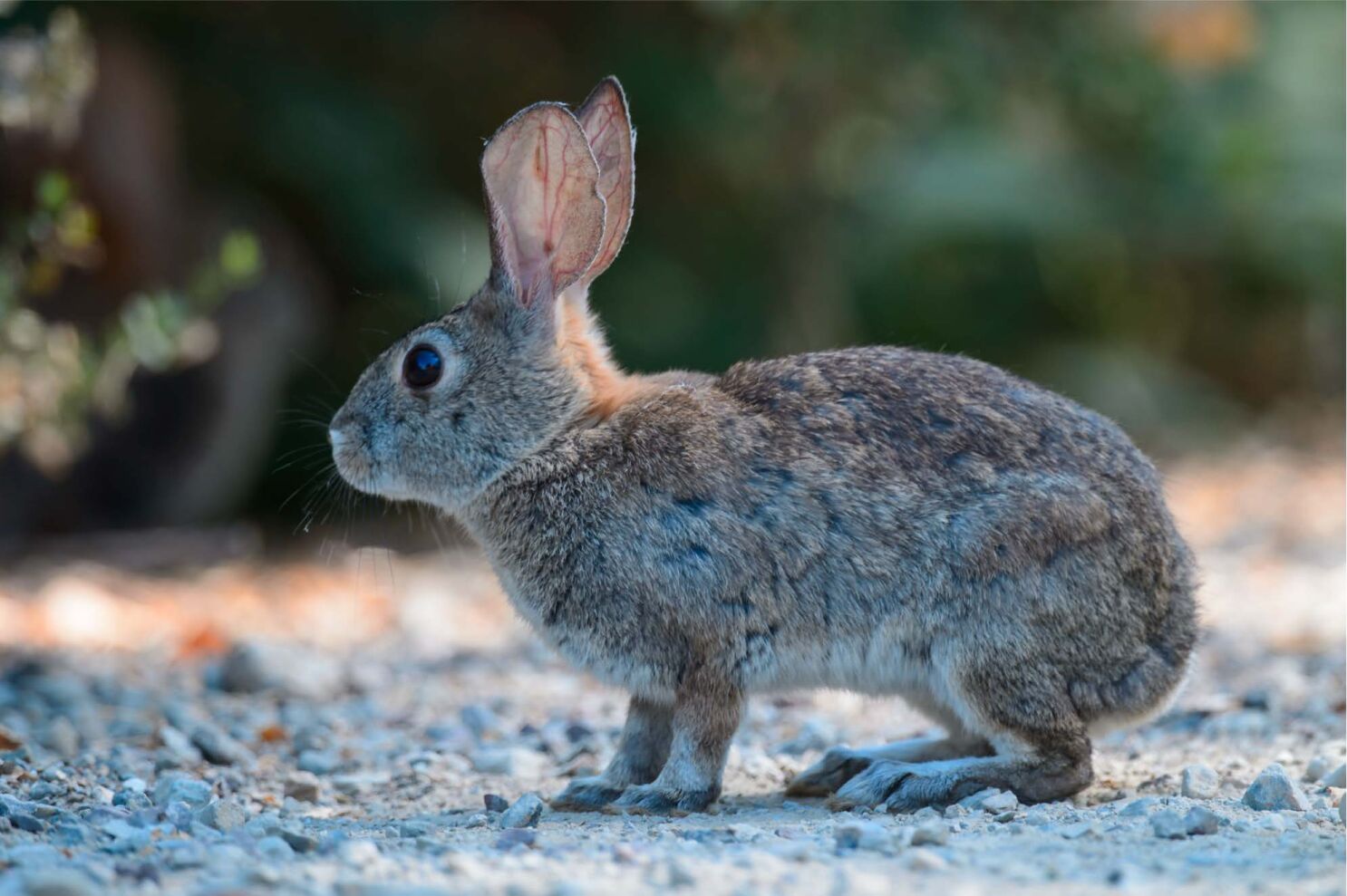Timid wild rabbits might sometimes eat plants within the garden, however typically live unmarked on the fringes of our yards

Why area unit there such a large amount of rabbits in my neighborhood?
There area unit many species of untamed rabbits—most area unit Sylvilagus floridanus rabbits—who live across most of North America. Cottontails prefer to live at the perimeters of open areas. They're seldom found in dense forests or open tracts.
This love of edges suggests that they love our suburbs. Yards, parks, playgrounds, and workplace parks, usually with little natural buffers in between, have countless edges between little areas of various habitats that rabbits love.
Here today, gone tomorrow is a method to explain rabbits in suburbia. Given the numerous predators, United Nations agencies create meals of rabbits, their populations will rise and fall dramatically over a year. Sometimes, by doing nothing and property nature taking its course, the house owner sees the identical results as they could from attempting to "control" rabbits.
How long do wild rabbits live?
As vital members of our scheme, rabbits type underground burrows that strengthen our soil health and function as a food supply for several larger predators. Their valuable place within the organic phenomenon (as well as human threats like surround loss, housings, and cars) suggests that they usually don’t live long, however most live somewhere between one and 9 years. (Domestic rabbits live for 5 to ten years.)
What do wild rabbits eat?
Adult wild rabbits eat trefoil, grass, and alternative plants, also as twigs and even bark, if alternative food sources are unit is scarce. Gardeners might notice that rabbits nibble their flower and vegetable plants in spring and summer and also the bark of fruit and decorative trees and shrubs in the fall and winter.
Baby rabbits (kits) can nurse (drink their mother’s milk) throughout the primary few weeks of life and then transition to greens. If you're lucky enough to witness a kit nursing (from a respectful distance), they kick their tiny legs with joy.
Interestingly, rabbits can egest, eat and re-digest their fecal matter to get the utmost quantity of nutrients.

What to try and do concerning rabbits feeding plants
First things first: certify a rabbit is an offender. cervid eat several similar things rabbits do and also are common around yards. Twigs browsed by rabbits look to show neatness clipped however plants browsed by cervid seem ragged and torn. you'll see the simply recognizable tracks of rabbits in soft soil or snow. And you'll see the rabbits themselves—a dead giveaway to their presence—most usually close to dawn and twilight.
Barriers to flowers and vegetables: A well-constructed fence is the only thanks to shield plants. Two-foot high network supported by posts each six to eight feet is robust enough to stay rabbits out. Stake rock bottom firmly to the bottom to stop rabbits from pushing beneath it.
Movable fence panels will shield the garden right once the primary planting, once the harm is probably going to be most severe, and go into the shed the remainder of the year. Some years, you will not want the panels in the slightest degree, given the ups and downs of rabbit populations. New plantings are often protected one by one below plastic jugs that have rock bottom cut out. These additionally function as mini-greenhouses in spring once nights are still cool. Other protection might have to be provided once the jugs come back off.
Barriers for trees: industrial tree wrap or plastic tree guards will keep rabbits from nibbling bark. Cylinders of hardware textile (stand on their own) or poultry wire (need staking) will work still. These barriers ought to be as high as was common snow depth and eighteen inches. Young trees and saplings are additionally vulnerable and therefore specialize in protecting them.
Rabbits could reach low-hanging branches. A home-cured barrier will encircle them still. Or prune and leave the trimmings on the bottom far away from valued trees as a decoy food. Rabbits like twigs and buds to the bark of the trunk and can eat these instead if they're straightforward to achieve.
Repellents: In some places, fencing will not be sensible or harm will be slight that a fence does not price effective. Then chemical repellents will shield tiny plots and individual plants. do not use a repellent on plants that folks can eat unless the label specifies it's safe to try and do, therefore.
Scare devices: generally, scare tape or balloons may frighten rabbits far away from a region. The pinwheels sold to repel moles may give a glance shuddery to rabbits still.
Habitat modification: take away cowl (vine thickets, tall grass, and bush cowl) around gardens and orchards therefore rabbits do not have escape cover. they'll pay less time—and eat less food—where they feel unsafe. Think, however, concerning the potential negadversefects on different species that might enjoy a naturalized backyard.
How do I know if a rabbit desires help?
Mothers feed baby rabbits solely double a day—at dawn and nightfall. Baby rabbits found alone in a nest are sometimes not orphans.
Mowing and raking yards will disturb rabbit nests. If a nest has been disturbed, place it back along and canopy the babies with the grass that initially coated them. to ascertain if the mother is coming back to worry for them, place many lengths of yarn or little twigs during a grid pattern over the nest. If the grid is disturbed when the next dawn or nightfall, the mother continues to be caring for the children.
You can forestall damage to baby rabbits by checking your yard rigorously for rabbit nests before you mow, particularly if you've got let the grass grow taller than usual.
Baby rabbits leave the nest once they are three weeks recent and concerning the scale of a squirrel. If you discover a chipmunk-sized however fully-furred rabbit with eyes open, ears erect, and therefore the ability to hop, they're meant to get on their own. As little and helpless as they'll look, they're not Associate in Nursing orphans and don’t want your facilitate.
Outdoor cats and dogs are a significant threat to rabbits. If your pet gets hold of a rabbit, bring your pet within and realize an authorized life rehabilitator or physician. don't commit to feeding the rabbit; a lot of typically than not, this harms them.
How am I able to tell the distinction between a wild rabbit and a domestic rabbit?
Unfortunately, it is not uncommon for individuals to abandon pet rabbits outdoors and domestic rabbits do want our facilitate. Domestic rabbits look small amount completely different from wild rabbits. Most wild rabbits within the U.S. are cottontails, which are brown with white tails. Domestic rabbits vary in size from two lbs. to over twenty lbs., although most are going to be around five lbs. they need ears that get on my feet, suspend down, or are stuck within the middle. And, most notably, their coats are available in good kinds of colors and patterns, from pure anomaly white to black, with lots of browns and grays in between; their patterns could also be patterned, noticed, or eerier.

Are wild rabbits a threat to public health?
Rabbits may be infected with rabbit fever, which can be transmitted to individuals if they eat undercooked, infected meat or handle a sick animal. though it is often best to not take any wild animal, wear gloves if you want to handle a wild rabbit, and wash your hands subsequently.


0 Comments